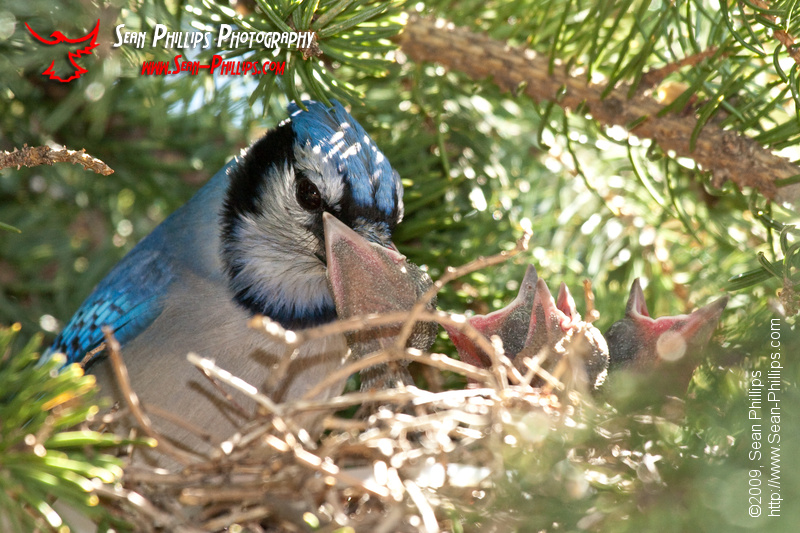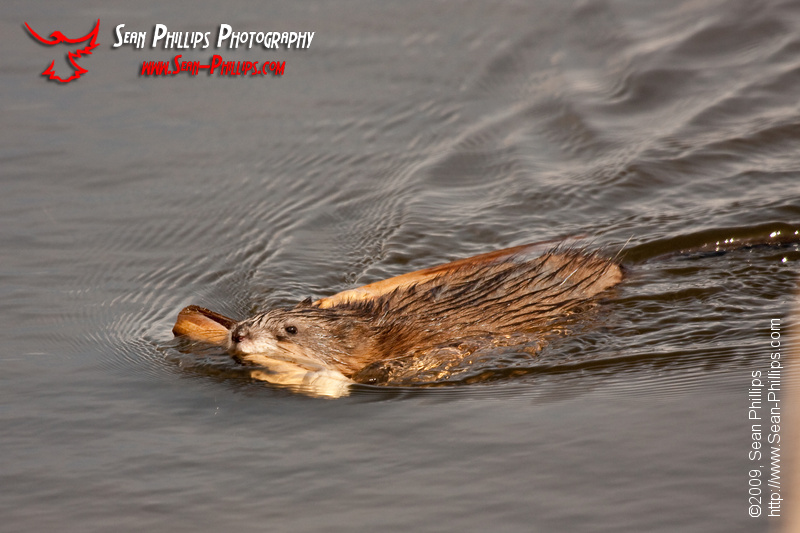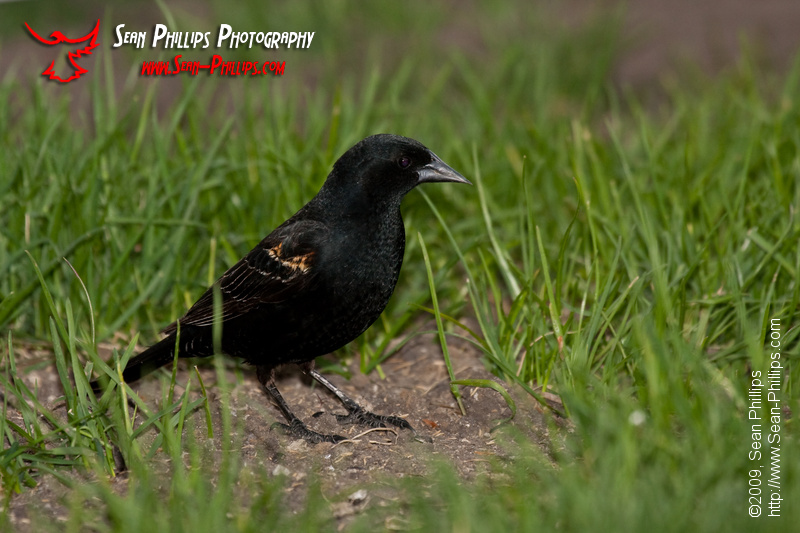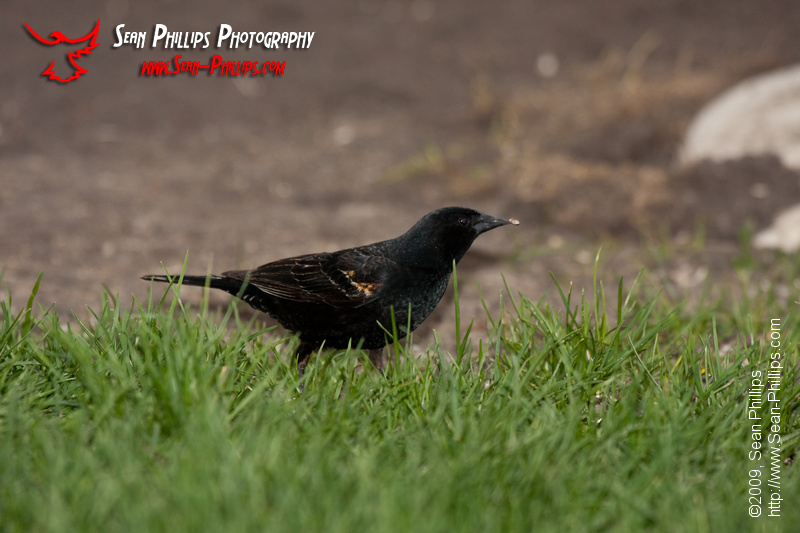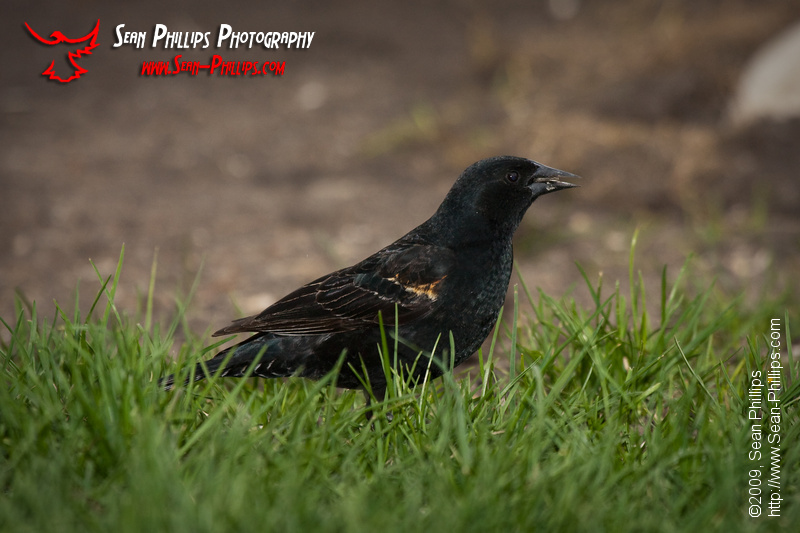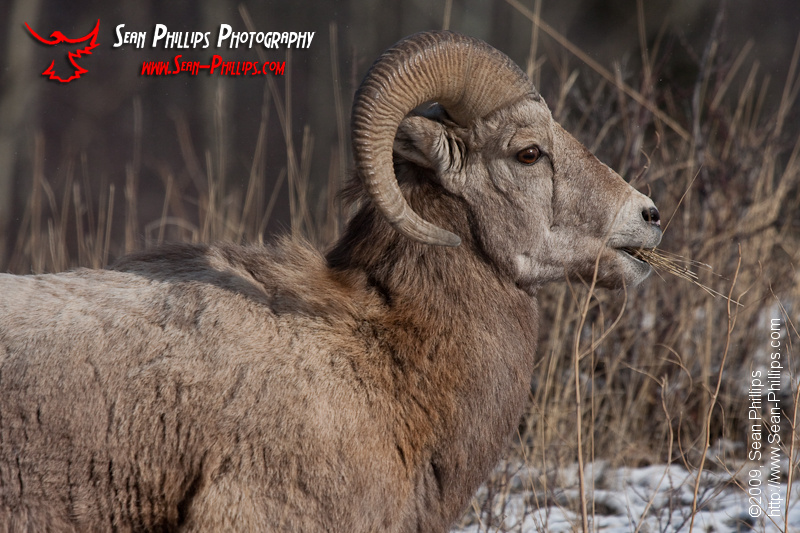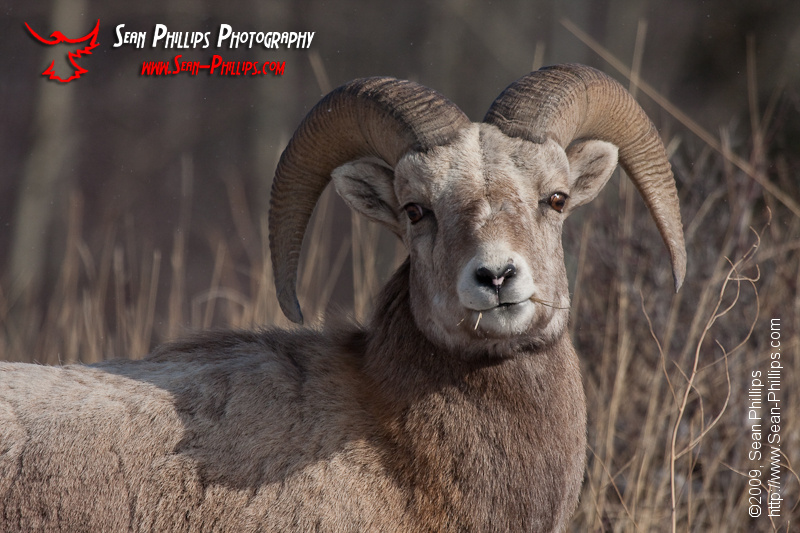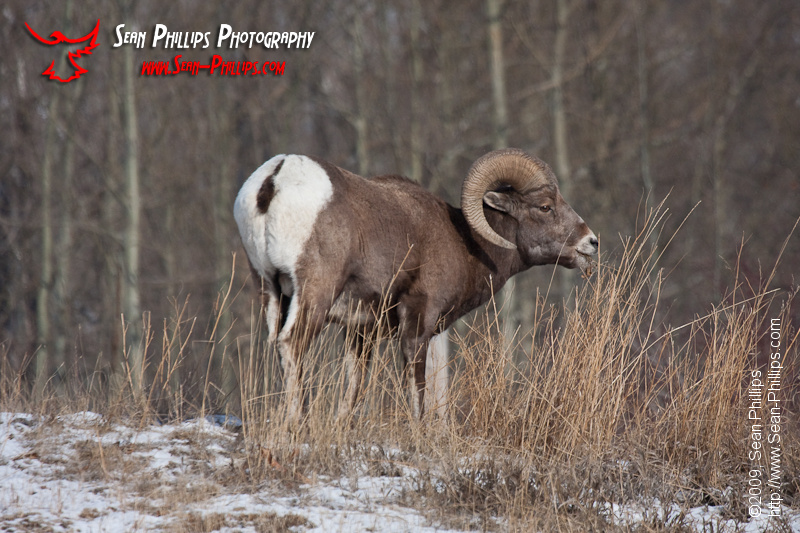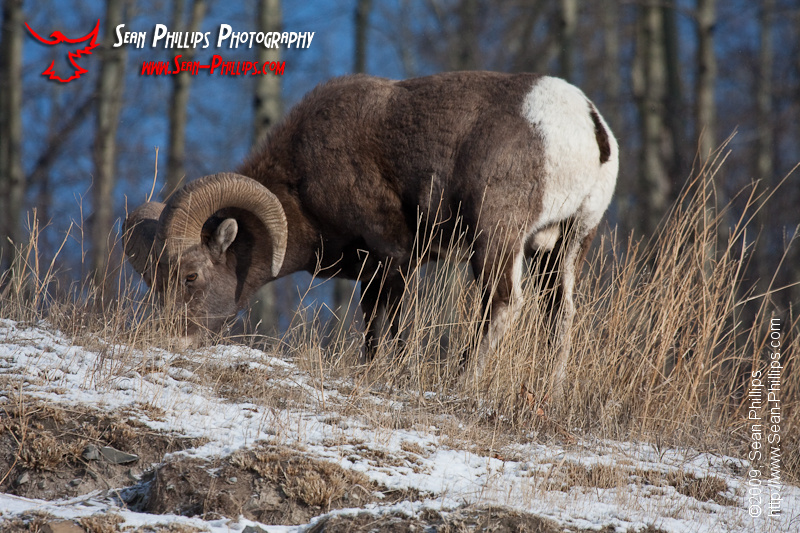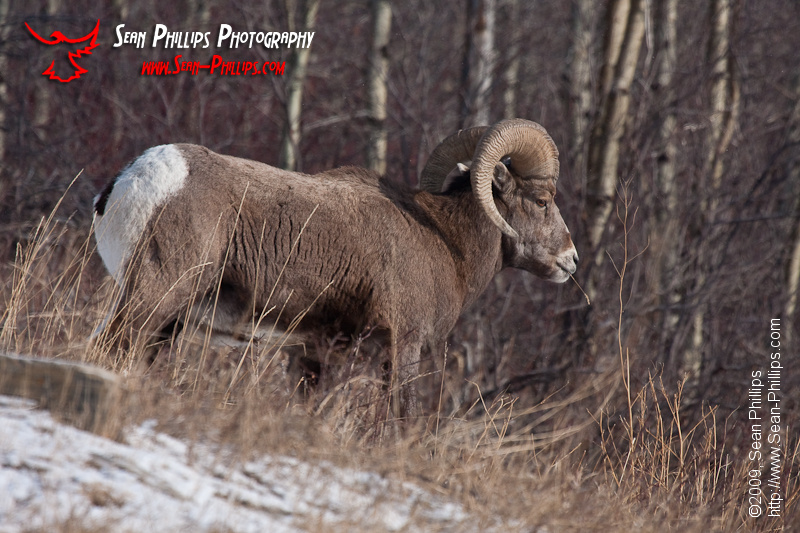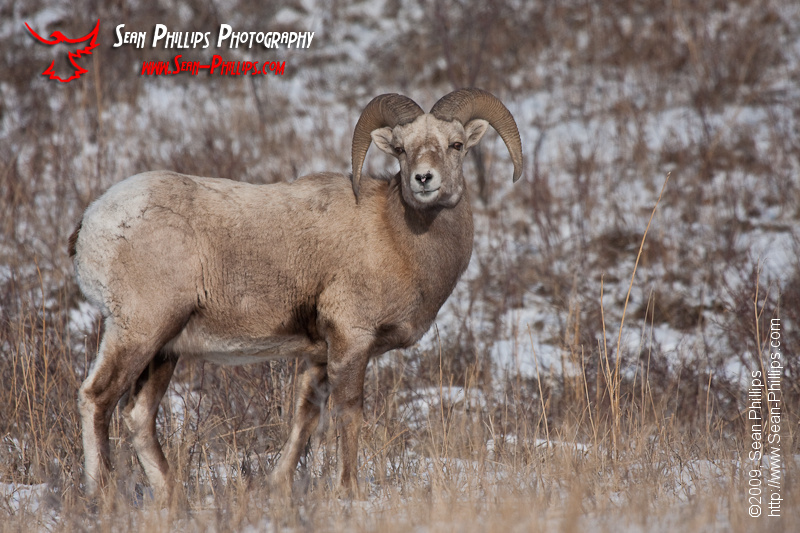This is just a preview of 100’s of images I made this morning at my friends house. The eggs in the Blue Jay nest that I was invited to see last week hatched this week! My friends invited me back to see the babies in action. Mom and Dad were steadily coming back with their mouths full of food for the nestlings and I was able to get an extreme close-up (bird’s eye) view!
Tag: eating
Materials of Construction
This is the first Muskrat I’ve come across this spring. It had a mouthful of some building material that it carried right past me and took into latest construction project. These animals are plentiful in the Calgary area and in summer they can often be found sitting on the edge of a slough eating. They are quick to spook though so you need to approach slowly if you want to get close.
Muskrats and Beavers are often confused for each other by the casual observer. Although they are related, and very similar in appearance, there are two major differences that can be used to distinguish between them.
The first difference is the overall size; muskrats are very small and typically only reach the 2 to 4 pound range (1 to 2 kg) while Beavers are much larger and are more typically in the 30 to 90 pound range (14 to 40 kg).
While this massive size difference should be enough to tell the animals apart, the second difference is equally distinctive. While Beavers are well known for having a flattened tail, Muskrats also have flat tails, only theirs are flattened vertically instead of horizontally. To the common observer the Muskrat appears to have a typical round tail as you can normally only see a small part of the tail sticking out of the water while the rat swims.
Urban Red-winged Blackbird
I was very surprised to discover a Red-winged Blackbird eating from the bird feeder in my backyard this weekend. It spooked when we went outside to watch it, but it came back soon after. My wife and I sat and watched it eat while the kids went crazy playing in the yard. I don’t know how common it is for a blackbird to eat from a feeder, but I’ve never seen it before, so I had to get some pictures to share.
It’s been pretty exciting to watch all the birds come to the feeder through the spring. Among the many House Sparrows that are year round residents in the neighborhood, I’ve also had several White-crowned Sparrows, many Robins, two pairs of House Finches, and (also surpisingly for me) a trio of Common Grackles. Of course there have been many other birds as well, but these are the repeat visitors…
Anyway, here are a few pictures of the Blackbird from the other day. Because of the patchy colors on the wing it appears that this bird is a juvenile (1st summer).
Rocky Mountain Bighorn Sheep
There are lots of large animals that are easily found in the Rocky Mountains (and the foothills). One of the most beautiful, and one of my personal favorites, is the Bighorn Sheep. These animals are usually very easy to find in the same places over and over again, and so I’ve been able to observe them many times.
I recently took a drive west of Calgary along a route that I had never taken before. In two different places along the highway (near Exshaw) I saw large herds of sheep shortly after passing warning signs for sheep in the area. It’s funny how often you can see warning signs for animals but then never actually see any of animals. That is definitely not the case with Bighorn Sheep!
Although there was one memorable time when I was gently reminded by a rather large sheep that they really are wild animals, they are generally very passive and aren’t very concerned by human interaction. These two herds almost completely ignored me and they barely bothered to glance up while continuing to eat their morning meal.
